This is the third (last) pitch correction plug-in Pitcher in FL Studio.
-Explanation of Automatic mode
-Explanation of MIDI mode
・ Parameter explanation (this article)
Parameter explanation
Explanation of parameters on a manual basis.
Common parameters and Automatic mode parameters
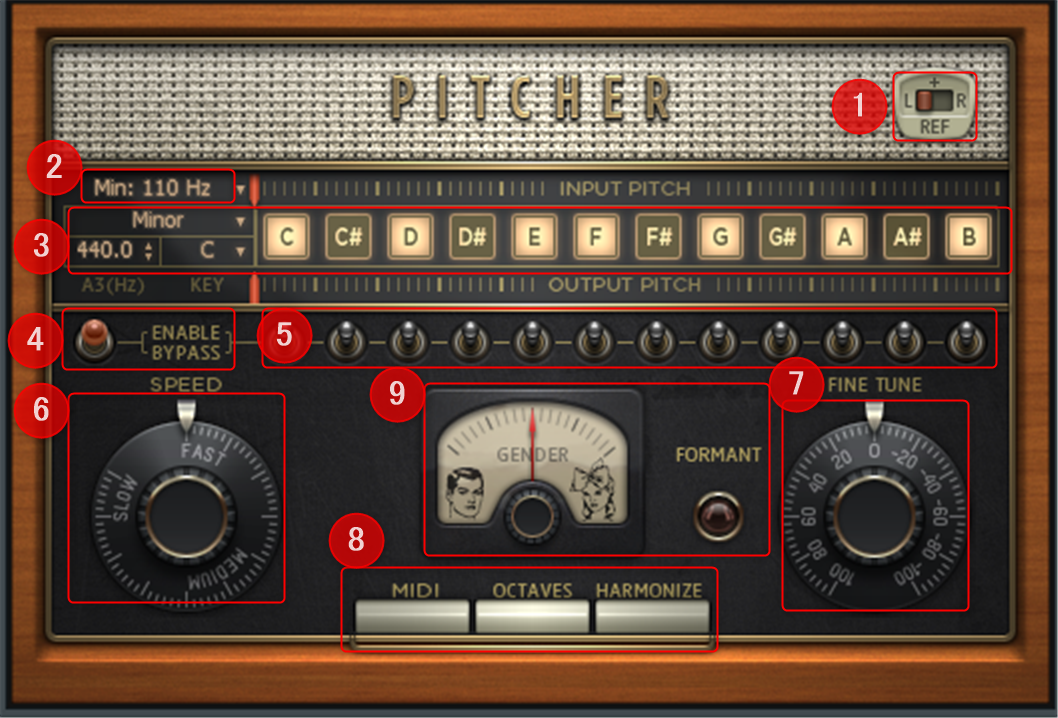
① Pitch reference (REF)
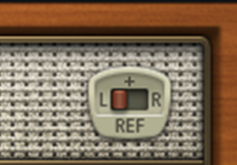
Select the input channel to use for pitching, L, R, or independently. Independent tunes the L and R channels independently.
② Minimum Frequency (Min :)
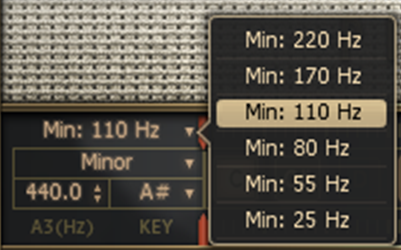
Minimum Frequency (Min :) – Select the minimum frequency detected at the input.Choosing the highest and lowest frequency for the source audio has two advantages.
1. You can avoid spurious low frequencies (rumble, vibration, breath pop, background noise, etc.) that interfere with pitch detection.Especially useful for vocals, try 80-170 Hz for men and 170-220 Hz for women.
2. Frequency detectors below the Min setting are disabled, reducing the CPU load.
The default is 110Hz, so it's better to adjust it for male vocals.
③ Automated pitch correction

Scale – Select a major or minor scale.
Key – Pitches that fall into notes that are not included in the scale are shifted to the note closest to the scale.
A3 (Hz) – Tuning. You can tune the frequency of A3 (440 Hz) to other reference scales.
Notes (C to B) – Select to make notes available for pitching the input voice.If not selected, the note is avoided and the input is pitched to the nearest valid note.You can manually override the scale settings by turning these notes on and off.
④ Enable / Bypass

Enables / disables the pitcher.
You can Bypass the "Pitcher" itself.
⑤ Bypass

The input pitch in the note's capture zone passes uncorrected.
You can Bypass the correction for the scale.
⑥ Correction Speed
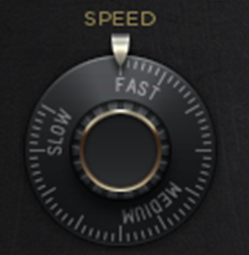
A fast setting gives an artificial sound, and a slow setting gives a more natural sound.The slow setting is especially useful if your vocals include legato or glissando style singing.
The faster it is, the more likely it is to become a kerokero voice.
⑦ Fine tune
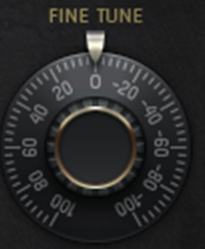
Adjust the output tuning of the plug-in by ± 100 cents (1 semitone).
⑧ Scaling Mode Switches

Auto – All switches are off.The pitch is automatically rescaled to the active note.
MIDI – – MIDI notes scale the input audio to the notes of the detected octave.
Octave-MIDI sound scales the input audio to the played sound and octave.
Harmonize – Up to four MIDI sounds can scale the input audio independently to the played sound and octave.
About the difference between each modeLast articlePlease refer to.
⑨ Formant
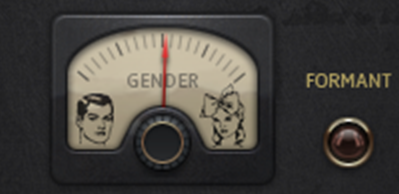
Preservation of formants.Formants are resonances or peaks in the frequency spectrum of sound.It is most commonly used to describe the resonance of the throat, mouth and nasal passages in the human voice.Formants are a major auditory clue to the speaker's age and gender, as resonance is related to the size and shape of these cavities.The formant option keeps the formant constant even if the pitch changes from the original (especially useful in MIDI mode).If you turn this option off, you'll hear a typical "helium and sulfur hexafluoride sucking" vocal sound with a pitch shift of a few notes or more.
Formant changes to a feeling of deterioration even if it is turned on, so I think it is better not to use it unless you intend.
I suddenly remembered, "Butt biting insect"Is like a formant sound.
MIDI mode parameters

① Voice Panning
Pan position for each of the 4 voices.When playing chords, the top slider is assigned the highest note and the bottom slider is assigned the bass note, depending on the number of notes in the chord.
② Stereo Spread
Panning Multiplier.Single control for adjusting the spread of the tone pan set above.
③ Replace / Mix
In Replace'mode, the harmonious audio replaces the input audio.In Mix mode, the input signal is mixed with the harmonized audio.
The default (top) is "Replace" and the bottom is "Mix" to mix the original sound.
"Mix" (bottom) is good for making a harmony, and "Replace" (top) is good for specifying a completely different melody with a MIDI note.
④ Vel
When selected, MIDI velocity affects the volume of the harmonized voice.Note: Octaves must be deselected to use this feature.
I prepared a video.
When "Vel" is enabled, the velocity of MIDI notes will affect the volume.
⑤ Match Port numbers
Set the Pitcher port number (drag up or down where "1" is displayed above).If the port is not set, it will be displayed as "...") to match the MIDI Out port number.This will link the two plug-ins and allow the MIDI out channel to control Pitcher's harmonization and pitch.
By specifying the same port number as "MIDI Out", you can control the scale with the MIDI note of "MIDI Out".
Summary
This is the end of how to use "Pitcher".
"Pitcher" can be used for synths, etc. to shake the pitch a little and give a Lo-Fi feeling.
I also wrote an article like this before.
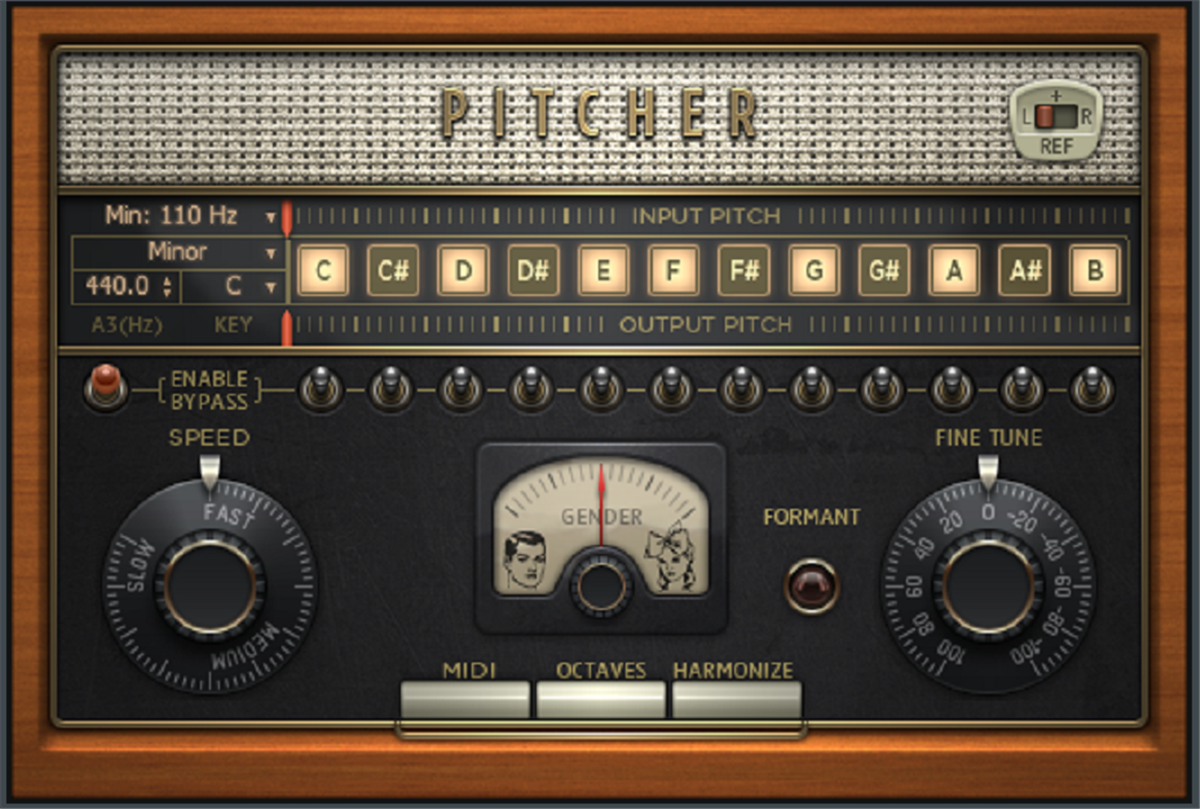
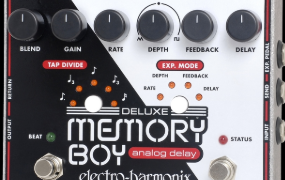
![[Free] Introduction to Ample Sound's steel tongue drum Ample Percussion Cloudrum 24 2022 05 07 03x21 39](https://chilloutwithbeats.com/wp-content/uploads/2022/05/2022-05-07_03h21_39.png)
Comment